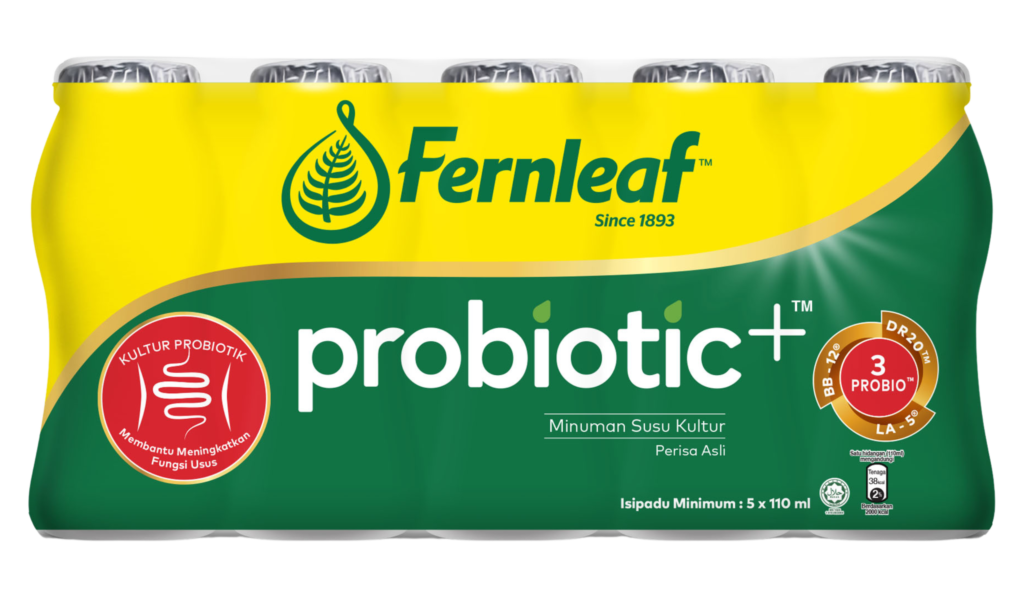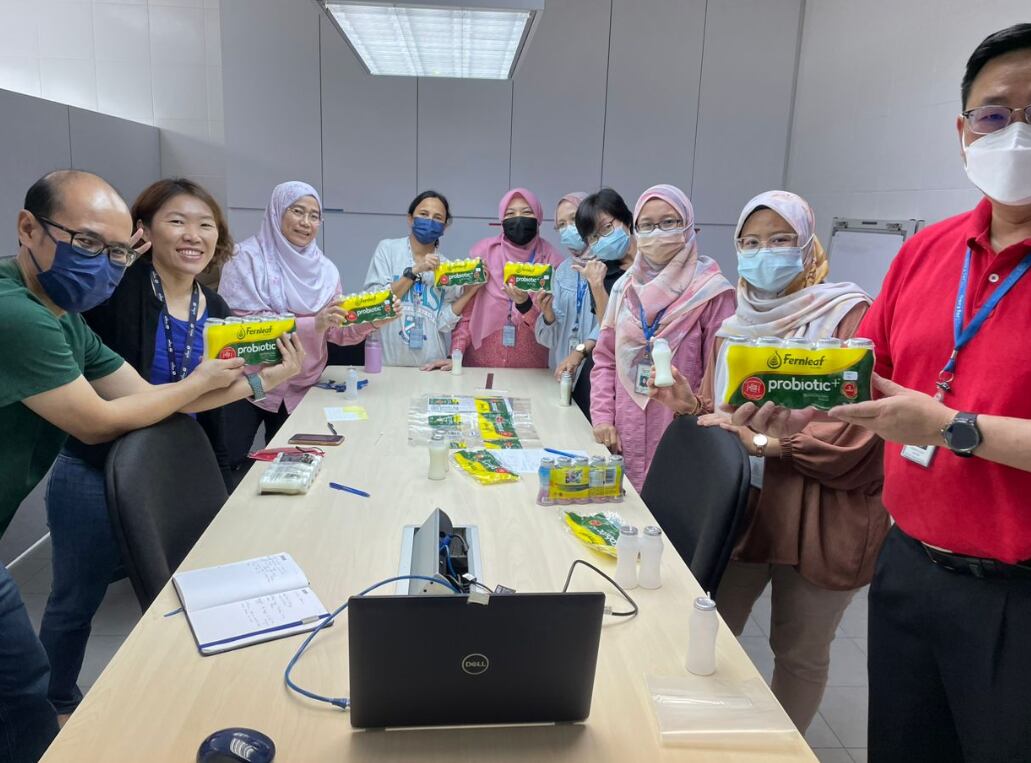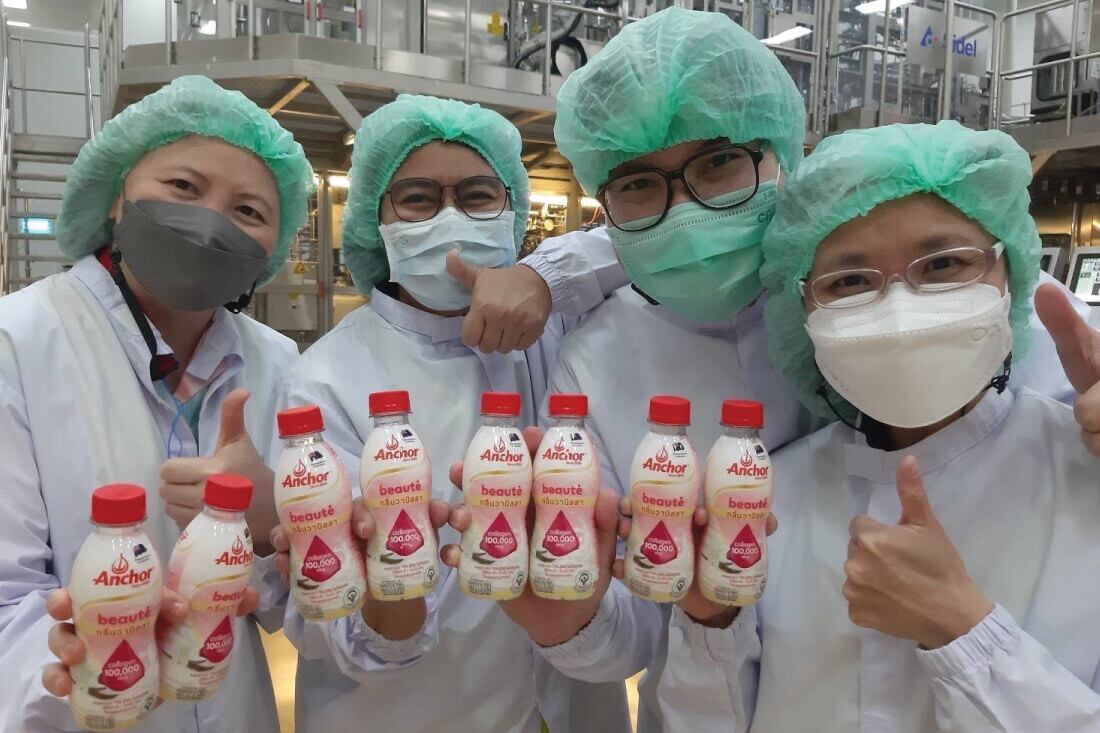Anchor traditionally focused on mainstream dairy products, including butter, milk, and yoghurt.
But the brand’s general manager Brent Whelan told us it saw huge scope in “taking the goodness of NZ dairy and moving into the functional space.”
The firm recently collaborated with convenience store chain 7-Eleven to launch two functional milk products - Actif-Fiber and Anchor Beaute - in 14,000 stores in Thailand.
Actif-Fiber is mocha-flavoured and formulated to support gut health. Anchor Beaute is vanilla-flavoured and fortified with high amounts of zinc and collagen for skin health. Both products are sold in 200ml bottles.
In Malaysia, however, Anchor is known as Fernleaf, to avoid confusion with a domestic beer brand of the same name.

It recently launched a cultured milk drink – Probiotic+ – for gut health. It contains Lactobacillus rhamnosus HN001 (DR20), Bifidobacterium animalis subsp. lactis (BB-12), and Lactobacillus acidophilus LA-5. The product is available in five 110 ml bottles per packet.
It has also stepped up its efforts in the protein space in Malaysia and the Philippines, launching Protein+, a milk powder product blended with combination of whey, casein, and soy.
Milk and Grain+, a family drink that contains a combination of multigrain, fibre and vitamin B, has also debuted in the Philippines.
Wheelan said these launches encapsulated its two key areas of focus for future NPD – probiotics and protein.
“Fonterra does have a lot of capability in developing probiotics. The gut is sort of the foundation of good health. Our focus is how we can do more in the [probiotic] space in many cultures across South East Asia.
“[Also], how can we deliver better energy, particularly through protein? People think bodybuilders building muscle mass when they hear protein, but there is a huge amount of benefits around satiety and long-lasting energy through the day for busy people of all ages. That’s why we are focused on that for Anchor.”
Consistency versus localisation
One of the key challenges is maintaining brand consistency and quality, while also meeting local taste, and texture demands – all while delivering sound nutrition.
“I know in places like Indonesia, they have a particularly sweet palate which we'll look to address whilst continuing to deliver a nutritionally sound product,” he added.
Collaboration with local customers and tapping into the vast technical expertise in New Zealand at its Fonterra Research and Development Centre (FRDC) is vital for success, he added.

“On a recent innovation, we’d tested the proposition with local customers. Say if there was a solubility issue with a product, we would tap on research centre to solve a particular problem.”
When it comes to creating a consistent brand presence in the region, Whelan added it was crucial to identify a common thread for the brand.
“It’s important to find that balance as it can look quite fragmented. We have different products in different market. Standing back, our team spent a lot of time identifying what’s consistent across the brand, no matter where it plays and no matter which category it is in. That is to deliver nourishing dairy goodness – a common thread that runs through everything we do.
“Recently with these innovation launches, we make sure we keep to a common proposition. For instance, for the Protein+ launch, the proposition is essentially protein for the whole family. Taking something that was once niche and democratising it to the whole family.
“In the development of that, we had some differences from market to market. Say within the Philippines market, we needed to make sure that our products are affordable and in accessible formulations. What’s more important is ensuring whatever adaptations we make to the products, they still deliver the consistent quality and intended consumer benefits.”

